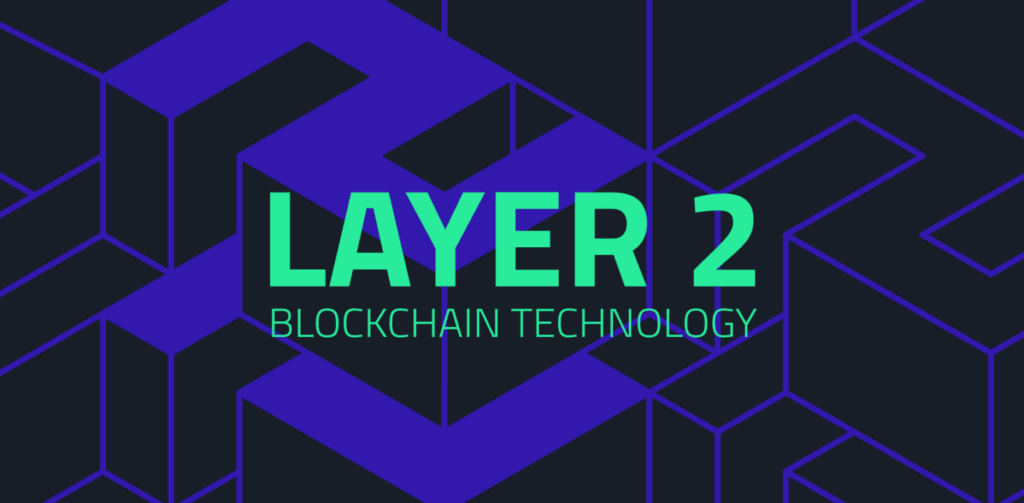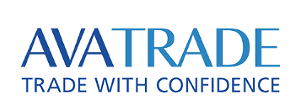In the intricate realm of blockchain technology, the notion of a singular system belies a nuanced architecture comprised of layered solutions. These layers, while pivotal, often serve as makeshift remedies for underlying scalability challenges. Here, we delve into the essence of Layer-2s and their implications for investors seeking to navigate the complex blockchain landscape.
Understanding Layer-2s
At the core of blockchain technology lies a stratified framework consisting of four distinct layers:
- Layer-0 (L0): Fundamentally, the internet infrastructure and essential hardware that underpin network connectivity.
- Layer-1 (L1): The primary blockchain network responsible for transaction validation, consensus formation, and security protocols.
- Layer-2 (L2): Designed to address scalability issues by augmenting Layer-1 functionalities.
- Layer-3 (L3): Dedicated to hosting applications and fostering broader adoption of blockchain technology.
The Role of Layer-2 Solutions
Layer-2 solutions are an essential component of blockchain architecture, operating atop Layer-1 networks to enhance scalability and performance. By leveraging the security and data availability of Layer-1 blockchains, Layer-2 solutions streamline processes and alleviate congestion, thereby improving overall efficiency.

Significance and Impact of Layer-2 Solutions
As blockchain ecosystems continue to expand, scalability emerges as a critical concern. Layer-2 blockchains offer a viable solution by segregating transactions from the main chain, resulting in reduced fees and enhanced utility. By offloading transactions from Layer-1 networks, Layer-2 solutions facilitate higher transaction throughput while preserving the security and decentralization inherent in blockchain technology.
Comparative Analysis: Layer-2 vs. SWIFT
Drawing parallels to the SWIFT network, Layer-2 blockchains streamline transaction processes akin to international remittances. However, notable distinctions exist between the two, particularly in terms of decentralization and transaction settlement speed.
Exploring Variants of Layer-2 Solutions
Various types of Layer-2 solutions cater to diverse needs within blockchain ecosystems, offering tailored solutions based on specific requirements. These variants include state channels, optimistic rollups, zk-rollups, plasma chains, and sidechains, each offering unique advantages and functionalities.
- State Channels: A state channel serves as a secondary solution on the blockchain, enabling users to conduct unlimited private transactions off-chain. It is particularly beneficial for scenarios demanding frequent, two-way transactions, such as microtransactions in gaming and donations during live streams.
- Optimistic Rollups: Layer-2 solutions can accelerate transaction processing by consolidating numerous off-chain transactions into one, presuming their validity by default, and only executing computations if a disagreement arises. This is the operational principle of optimistic roll-ups, which are well-suited for decentralized applications (DApps) and decentralized finance (DeFi) platforms.
- ZK Rollups: Zero-knowledge rollups enhance blockchain security compared to optimistic rollups by compacting transaction data, verifying transactions off-chain, and transmitting this data to the primary chain. Similar to optimistic rollups, this form of Layer-2 solution is excellent for DApps and DeFi platforms, offering improved privacy and efficiency.
- Plasma: Among various Layer-2 solutions, plasma chains offer the highest level of security by establishing a network of child chains as secondary chains that aid the main blockchain in verification processes. These child chains are interconnected through smart contracts, allowing the main chain to oversee their operations effectively.
- Sidechains: Independent blockchains, known as sidechains, operate alongside the main blockchain. They are suitable for applications requiring tailored features and autonomous governance separate from the main chain while managing operations on the fundamental layer effectively.
Applications and Use Cases
Layer-2 protocols extend the capabilities of central blockchain networks, enabling disruption across various sectors, including decentralized finance (DeFi), decentralized applications (Dapps), and micropayments. By enhancing transaction speed, scalability, and interoperability, Layer-2 solutions unlock new possibilities for blockchain adoption and innovation.
Investor Perspectives and Our Conclusions
In evaluating Layer-2 solutions, investors must consider not only technological features but also market adoption and developer engagement. While Layer-2 solutions currently add significant value to blockchain ecosystems, their long-term trajectory remains uncertain.
Factors such as network effects, regulatory developments, and advancements in Layer-1 scalability may influence the future landscape of Layer-2 solutions.
Note: Learn2.trade is not a financial advisor. Do your research before investing your funds in any financial asset, presented product, or event. We are not responsible for your investment results.
- Broker
- Min Deposit
- Score
- Visit Broker
- Award-winning Cryptocurrency trading platform
- $100 minimum deposit,
- FCA & Cysec regulated
- 20% welcome bonus of upto $10,000
- Minimum deposit $100
- Verify your account before the bonus is credited
- Fund Moneta Markets account with a minimum of $250
- Opt in using the form to claim your 50% deposit bonus
Learn to Trade
Never Miss A Trade Again

Signal Notification
Real-time signal notifications whenever a signal is opened, closes or Updated

Get Alerts
Immediate alerts to your email and mobile phone.

Entry Price Levels
Entry price level for every signal Just choose one of our Top Brokers in the list above to get all this free.




